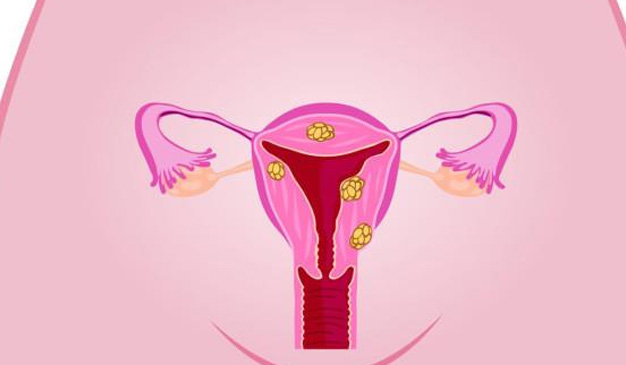
April 01, 2024
1. Examination of progesterone and tumor markers: Patients with ovarian cancer may have abnormalities in progesterone such as Estradiol (E2), Progesterone (P) and Human Chorionic Gonadotropin (HCG), and tumor markers such as Cancer Antigen 125 (CA125) in the blood. and Human Epididymis Protein 4 (HE4) levels are also elevated. These tests can help doctors initially determine whether ovarian cancer is present.

2. Abdominal B-ultrasound and MRI: Abdominal B-ultrasound and MRI can be used to observe information such as the size, shape, and location of ovarian masses, which can help identify the characteristics of ovarian cancer. These tests are noninvasive and inexpensive, and are often used to screen patients with suspected ovarian cancer.
3. Tissue biopsy: Tissue biopsy is considered the “gold standard” for diagnosing ovarian cancer. Doctors collect suspicious masses or tissue samples through surgery or puncture, and send them to the pathology laboratory for cytological or histological examination. This method can determine the type and grade of the tumor and guide the development of subsequent treatment plans.
4. Imaging examinations: CT scans, PET-CT, X-rays and other imaging examinations can provide more clear tumor information. They help evaluate the extent of tumor spread and whether there is metastasis, and provide an important reference for staging the disease.
5. Precautions: For high-risk groups (such as those with a family history of ovarian cancer or BRCA1/2 gene mutations, etc.), regular gynecological examinations and ultrasound examinations should be performed to detect any suspicious masses early. At the same time, women should pay attention to changes in their bodies, detect abnormal symptoms as early as possible, such as abdominal distension, abdominal pain, indigestion, frequent urination, difficulty defecation, etc., and seek medical treatment promptly.
In short, a clear diagnosis of ovarian cancer requires comprehensive consideration of the results of multiple examination methods and a comprehensive analysis combined with clinical manifestations. Screening of high-risk groups should be strengthened to increase the rate of early diagnosis. Female friends are reminded to pay attention to their own health, conduct regular health examinations, and detect and treat possible health problems early.